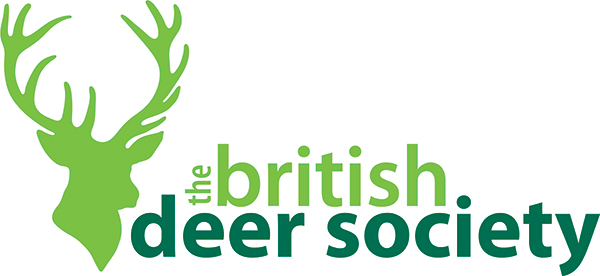Why Manage Deer?
Truly wild habitats no longer exist in Britain. We use the countryside to produce food crops, graze animals, grow trees and for a wide range of leisure activities.
We build roads through the countryside to link towns and cities and our needs generally take precedence over those of deer and other wildlife.
Animals have learned to adapt to the areas available to them and to utilise parks, gardens and other green spaces. The urban fox is well known, but the muntjac, our smallest deer, is almost as common in some urban areas.
Protecting deer and the countryside
It is important to manage deer to ensure a healthy and sustainable deer population in balance with the environment, to protect them from starvation due to overgrazing, to reduce potential for disease and from death and injury in road traffic accidents (the National Deer-Vehicle Collisions Project estimates that there are between 42,000 and 74,000 accidents involving deer across the country each year).
It is equally important to prevent deer from causing unacceptable damage to crops and trees and to protect other creatures sharing their habitat from the results of overgrazing.
Although an accurate assessment is difficult, the UK deer population is thought to be up to 2 million, more than at any time since the last Ice Age.
Six deer species live in the wild in Britain, red and roe deer, are indigenous (native). Fallow deer were first introduced by the Phoenicians or the Romans then more extensively by the Normans, while sika, muntjac and Chinese water deer were all introduced in the late 19th and early 20th centuries and it is escapees from deer parks and deliberate releases which have largely been responsible for those now at large in the British countryside.
The species differ in their geographical distribution, numbers, growth rate, behaviour, and environmental impact.
Sustainable deer management
In the absence of natural predators, sustainable management of deer usually means that they have to be ‘culled’. Already, an estimated 350,000* deer are culled in the UK every year. Despite this, and the high number killed in road accidents, the population continues to grow with increasing environmental and economic damage and additional pressure on the health of the existing stock.
It is important for deer sustainability that culling is done efficiently and humanely by appropriately trained and skilled people and BDS runs a series of certificated courses to ensure best practice in stalking, deer management and humane dispatch.
The Society also produces educational material showing why management is important to the conservation of deer. Working with government, countryside bodies, scientists, landowners, and other stakeholders, BDS plays a leading role in maintaining a healthy and sustainable deer population.
Close UK deer seasons
In order to protect female deer and their young and male deer while their antlers are growing, the UK operates a close season system that specifies when the culling of different species may not take place. However, there may be circumstances where culling has to take place during the close season, such as the need to deal with injured or sick deer.
BDS founding members were instrumential in campaigning for the introduction of a close season system.
| Species | Sex | Close Season England, Wales & N Ireland | Close Season Scotland |
|---|---|---|---|
| Red | Male | 1 May – 31 Jul | 21 Oct – 30 Jun |
| Female | 1 Apr – 31 Oct | 16 Feb – 20 Oct | |
| Red/sika hybrids | Male | 1 May – 31 Jul | 21 Oct – 30 Jun |
| Female | 1 Apr – 31 Oct | 16 Feb – 20 Oct | |
| Sika | Male | 1 May – 31 Jul | 21 Oct – 30 Jun |
| Female | 1 Apr – 31 Oct | 16 Feb – 20 Oct | |
| Fallow | Male | 1 May – 31 Jul | 1 May – 31 Jul |
| Female | 1 Apr – 31 Oct | 16 Feb – 20 Oct | |
| Roe | Male | 1 Nov – 31 Mar | 21 Oct – 31 Mar |
| Female | 1 Apr – 31 Oct | 1 April – 20 Oct | |
| Chinese Water Deer | Male | 1 Apr – 31 Oct | Not present so no close season |
| Female | 1 Apr – 31 Oct | Not present so no close season | |
| Muntjac* | Male | No Close Season | No Close Season |
| Female | No Close Season | No Close Season |
* There is no close season for muntjac as they breed throughout the year.


